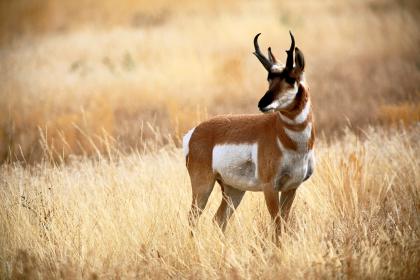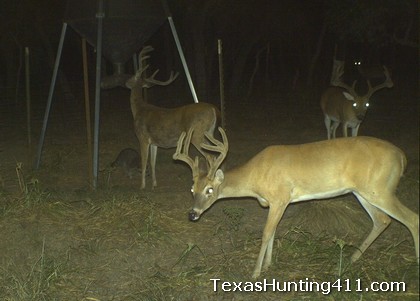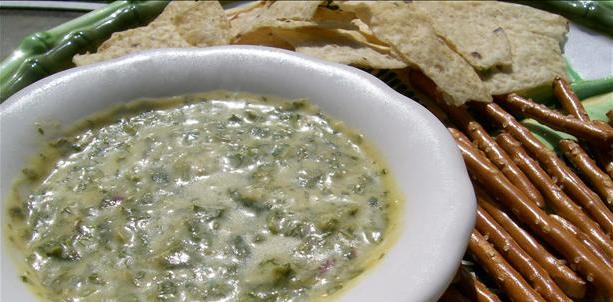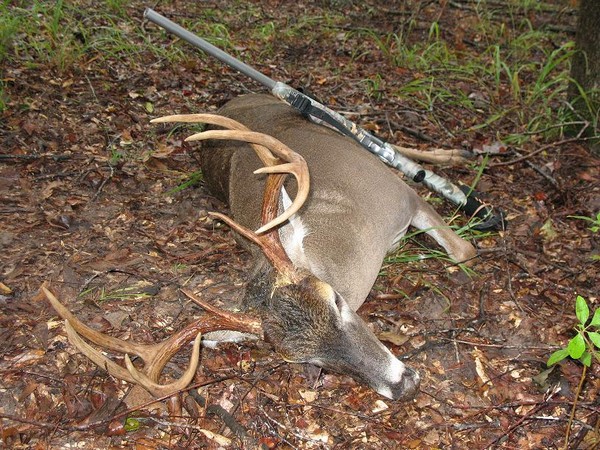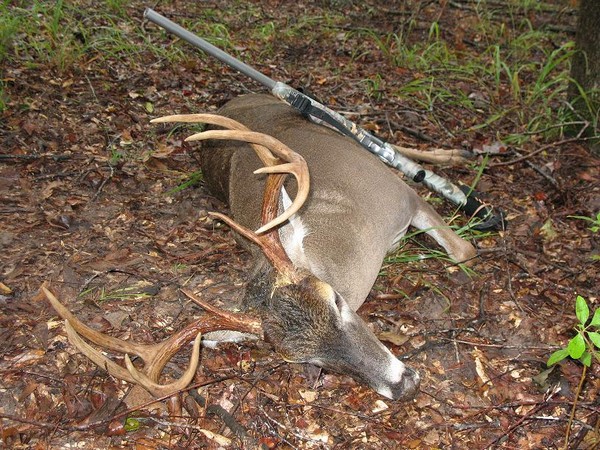The clocks in my house were just updated to “spring forward” so that means it is just about antler hunting time, when we head to the woods in search of shed antlers. The majority of whitetail bucks in Texas still have their horns, but many will be losing them over the next month. Some bucks will shed their antlers early right after deer hunting season, some late, but most lose them at or about the same time. With antlers getting ready to hit the ground, there is no better time to talk about shed hunting tips.
We officially found our first pair of shed antlers today, after the much needed rainfall ceased. The rain received over the past month has kept the deer habitat in great shape, but it’s going to make finding antlers much more difficult since the herbaceous plants are going to be growing quickly. The deer antlers we found this morning were laying side by side, just a few yards from one of our deer protein feeders.
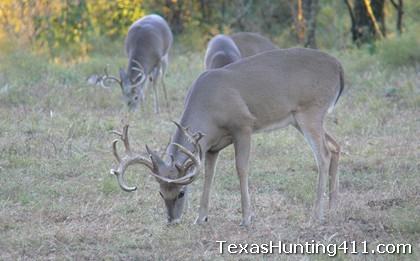
The funny thing was that the sheds were not on Friday around lunch because we drove right past the same feeder that day. The whitetail buck must have just dropped them, and he is among the early group around here, with most still holding on to their headgear. The antlers were from a nice 8 point buck that I recognized as a deer I had aged at two years old this past hunting season. We are hoping this buck can put on a couple of more points this summer.
Although shed hunting is still too early for the most part, it’s always good to get geared up for a little looking. Bucks loosing their antlers now will be either run down from the whitetail rut or injured. We’ve seen really old bucks as well as some very young bucks shed earlier than March 1 in the past in Central and South Texas, but typically in low numbers. When I was younger I would wear my legs out looking for sheds too early in the year.
After many years and many seasons, I have learned to wait until mid to late March to start, with my initial effort depending on the rainfall and habitat conditions. Low rainfall years will have bucks dropping antlers earlier than normal, whereas good habitat will allow bucks to hold onto them longer. This past hunting season saw habitat conditions that were very good for whitetail deer, so waiting is definitely the way to go this year.
And that’s the real shed hunting tip that I was wanting to share with hunters today. Pay attention to the deer habitat found on your property. Not only will it be a good indicator of deer numbers in many cases, but it can also shed light on potential antler growth, as well as the timing of antler shedding. Deer hunting is about more than just shooting deer. Antler hunting is something we enjoy during the off (hunting) season, although whitetail never have any time off. Good luck out there looking for horns!

